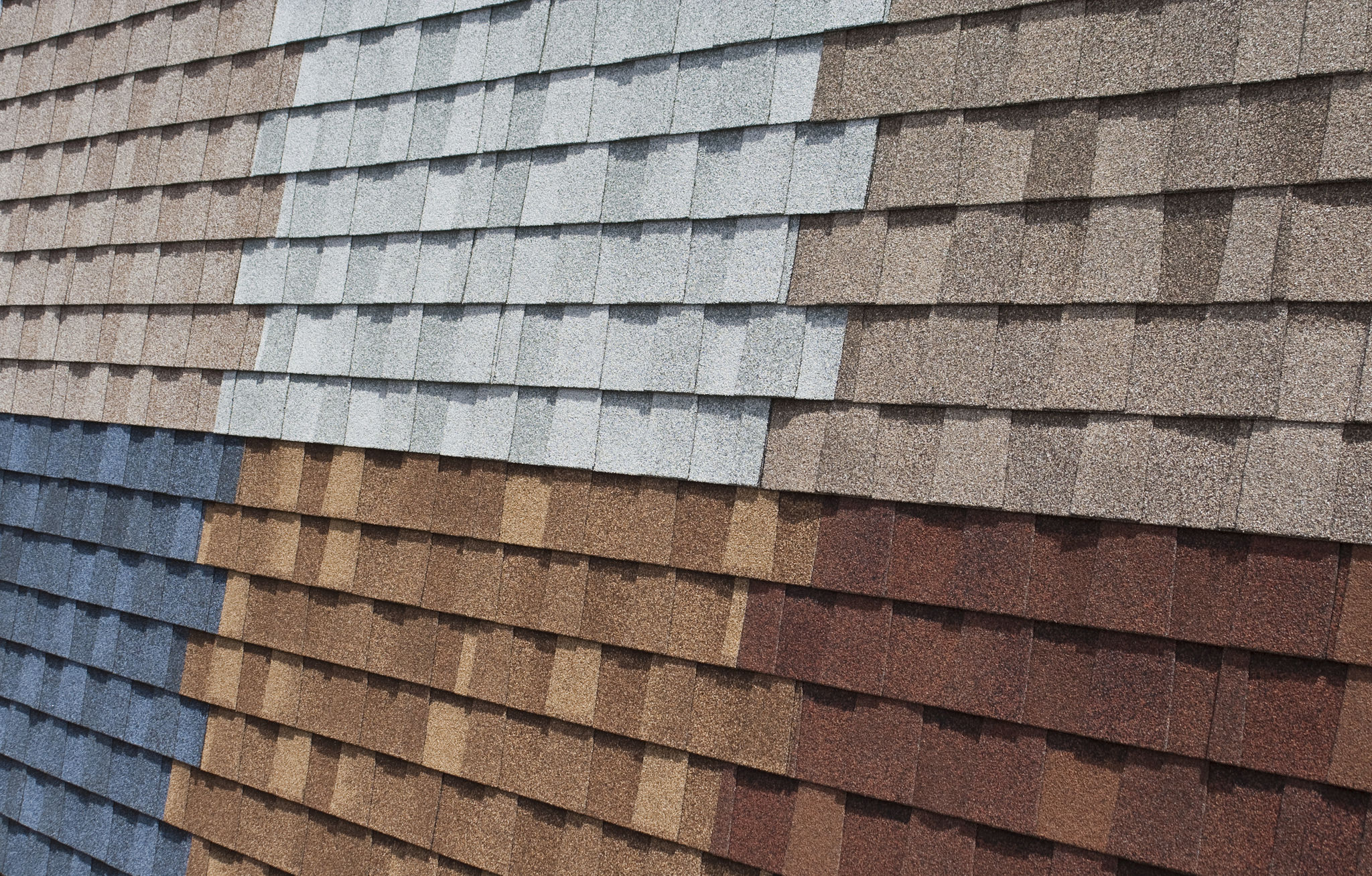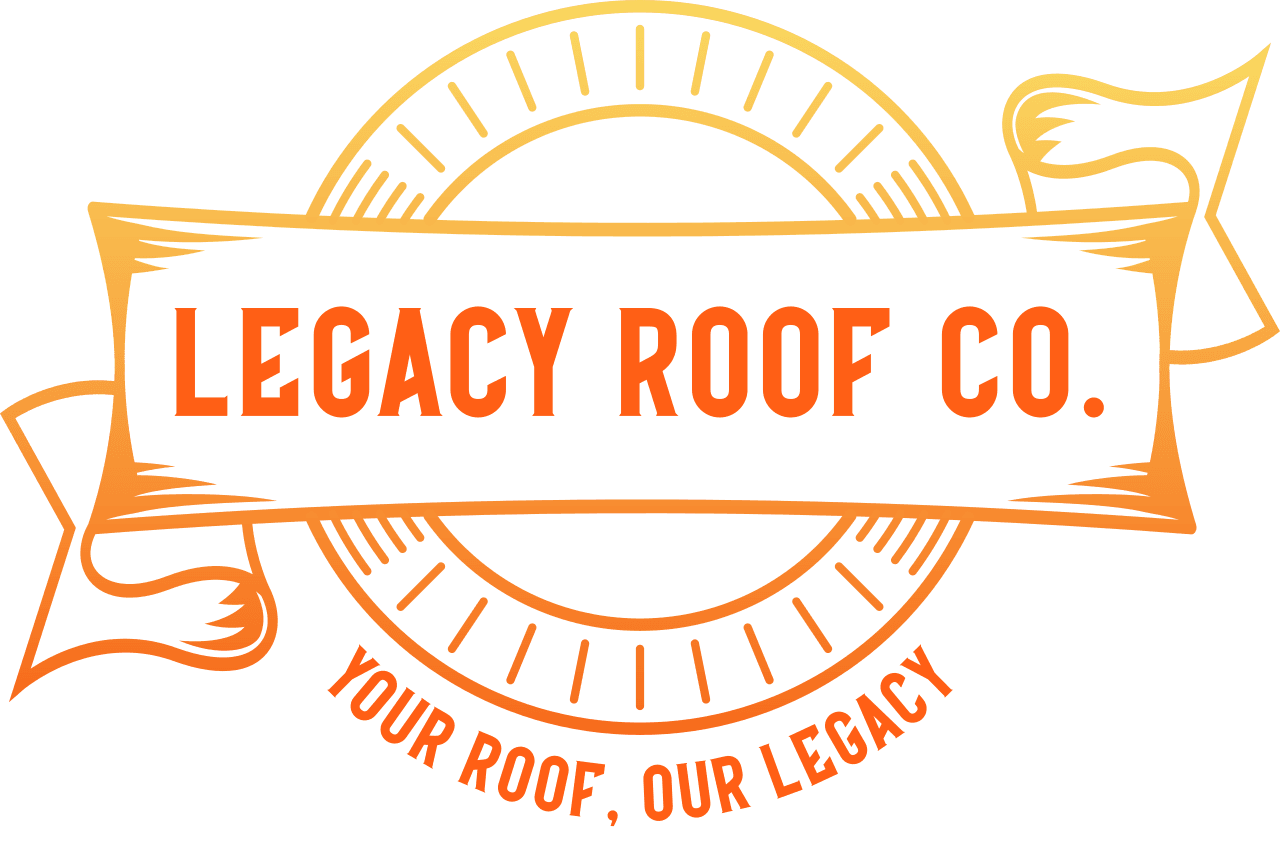DIY Tips for Flat Roof Maintenance: What Business Owners Need to Know
Understanding the Importance of Flat Roof Maintenance
Flat roofs are a popular choice for commercial buildings due to their cost-effectiveness and utility. However, they require regular maintenance to ensure longevity and prevent costly repairs. Proper maintenance not only helps in extending the life of the roof but also safeguards the assets within your building.
Flat roofs are more prone to water pooling, debris accumulation, and weather-related damage. Therefore, business owners must stay proactive in their maintenance efforts to avoid potential disruptions. Regular inspections and timely interventions can save significant costs in the long run.

Regular Inspection and Cleaning
One of the most crucial steps in maintaining a flat roof is conducting regular inspections. Business owners should aim to inspect their roofs at least twice a year, ideally in the spring and fall. During these inspections, look for signs of wear and tear, such as cracks, blisters, or ponding water.
Cleaning your flat roof is equally important. Remove any debris like leaves, branches, or dirt that can clog drains or cause water pooling. Keeping the roof surface clean prevents unnecessary stress on the roofing materials, reducing the risk of leaks and other damages.

Addressing Drainage Issues
Effective drainage is critical for the health of a flat roof. Poor drainage can lead to water accumulation, which is a common cause of roof damage. Ensure that all drains and gutters are clear of obstructions and functioning properly. Consider installing additional drainage solutions if water pooling is a recurring problem.
If you notice any issues with drainage, it is important to address them promptly. Regularly check the pitch of the roof and ensure that it directs water towards the drainage points. This simple step can prevent major water damage and extend the life of your roof.

Repairing Minor Damages Promptly
During inspections, you may come across minor damages such as small cracks or blisters. It is essential to address these issues promptly before they escalate into more significant problems. Use appropriate sealants or patches to repair minor damages and prevent moisture from seeping in.
For larger or more complex repairs, it is advisable to consult with a professional roofing contractor. They can provide expert guidance and ensure that repairs are done correctly, maintaining the integrity of your roofing system.
Investing in Quality Roofing Materials
When it comes time to replace or upgrade your flat roof, investing in high-quality materials can make a significant difference in its durability and performance. Look for materials that offer excellent weather resistance and long-term reliability.
Consult with a roofing specialist to determine the best materials for your specific needs and budget. A well-chosen roofing system can provide peace of mind and reduce maintenance efforts over the years.

Implementing a Maintenance Schedule
To ensure consistent upkeep of your flat roof, implement a maintenance schedule that outlines regular inspection and cleaning routines. A maintenance plan helps in tracking completed tasks and identifying any recurring issues that need attention.
By maintaining a proactive approach, business owners can significantly reduce the risk of unexpected roofing problems and extend the lifespan of their flat roofs. Regular maintenance not only protects your investment but also contributes to a safer and more efficient work environment.
